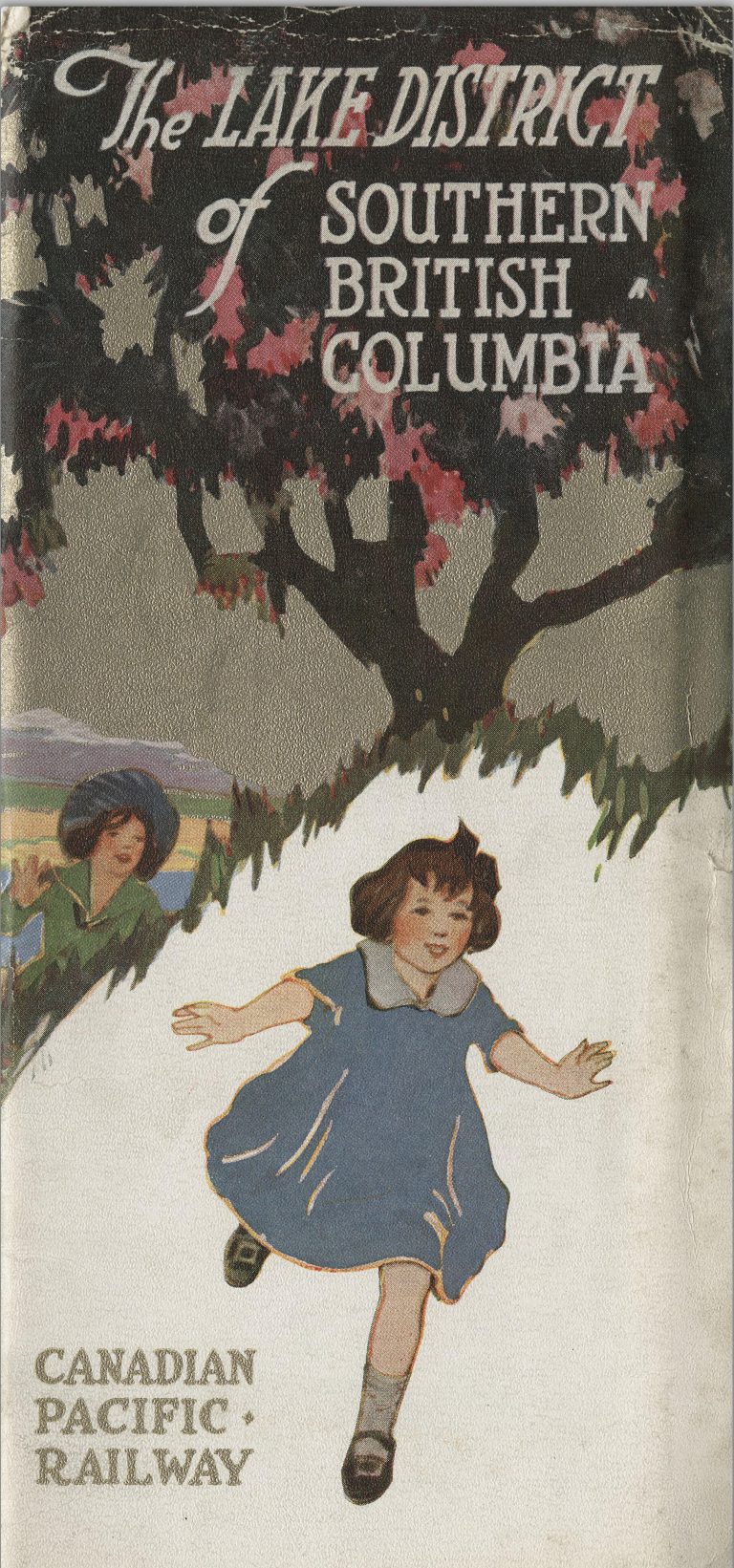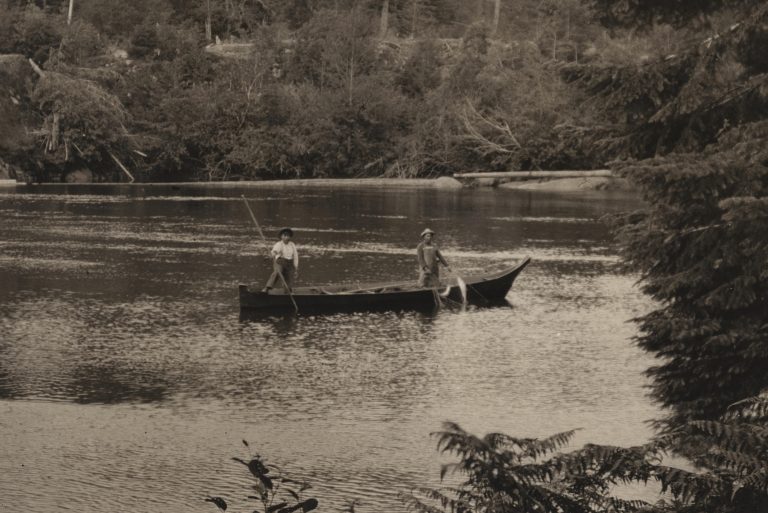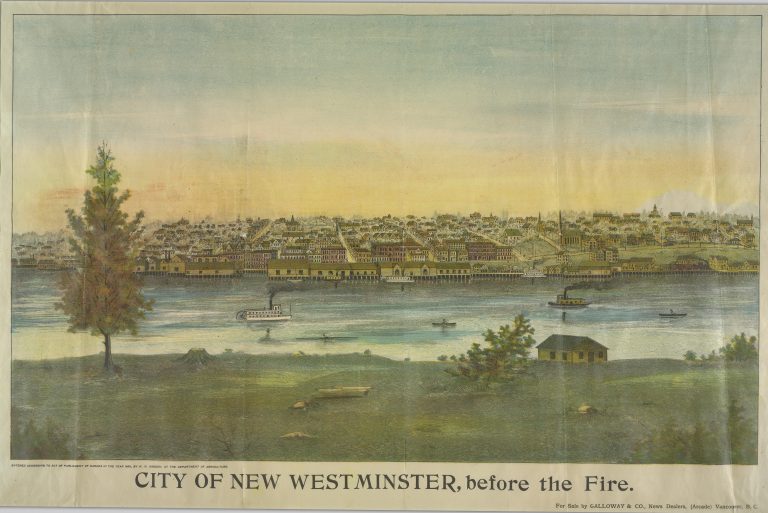This summer, RBSC was delighted to host a class from Langara College studying the geography of British Columbia. The course, taught by Professor David Brownstein, included an assignment that tasked students with choosing a digitized archival item, describing what the object means to the regional geography of British Columbia, why is it important, and why they selected it. A few students kindly gave us permission to share their selections on our blog, along with short excerpts from their final assignments. Enjoy!
City of New Westminster, before the Fire
Selected by German David Gonzalez
The cause of the [New Westminster] fire remains unknown, but the catastrophe was of such magnitude that an aid committee was formed. The fire motivated the creation of a complete fire brigade and brought touristic growth for the city, which then started receiving more and more visitors who wanted to see with their own eyes how a place that was once devastated, became rebuilt.
Lake District of Southern British Columbia
Selected by Yat Man Lam

The Lake District of Southern British Columbia. Canadian Pacific Railway. The Wallace B. Chung and Madeline H. Chung Collection. CC-TX-201-6-2.
This pamphlet featured in its front cover several well-dressed ladies and children enjoying their time in a picturesque countryside, the lake district of southern British Columbia, where there were mountains, trees, rivers, valleys and fields. It was produced by The Canadian Pacific Railway (CPR) in 1920 as a promotional initiative to attract visitors to the stretch of land between the Prairies of Western Canada and the Pacific Coast… The CPR’s success, achieved through collaboration with the government and resulted in its acquisition of 25 million acres of land (Eagle, 1989[1]), came at the hidden cost of displacing the Indigenous communities.
[1] EAGLE, J. A. (1989). The Canadian Pacific Railway and the Development of Western Canada, 1896-1914. McGill-Queen’s University Press.
Indigenous People Catching Salmon
Selected by Jonry Ephraim Isla

Indigenous People catching salmon, Somas River in Vancouver Island. Leonard Frank. Uno Langmann Family Collection of BC Photographs. UL-1550-0002.
Understanding and acknowledging the contributions of Indigenous peoples is essential to grasp the historical and cultural significance of their presence in British Columbia’s fishing industry. With their deep-rooted connection to the ocean and its resources, Indigenous communities have practiced fishing for thousands of years, playing a vital role in shaping the fishing industry in the region. Their traditional knowledge and sustainable fishing practices have been integral to the development of the salmon business in BC. Figure 1 shows a rare photograph taken in 1910 by Leonard Frank, a German-Canadian photographer, which presents two Indigenous men actively fishing for salmon. While Leonard Frank gained fame for his extensive collection of photos, predominantly centered around industrial advancements and city life, he also captured moments of Indigenous life, making their activities part of his photographic legacy.
